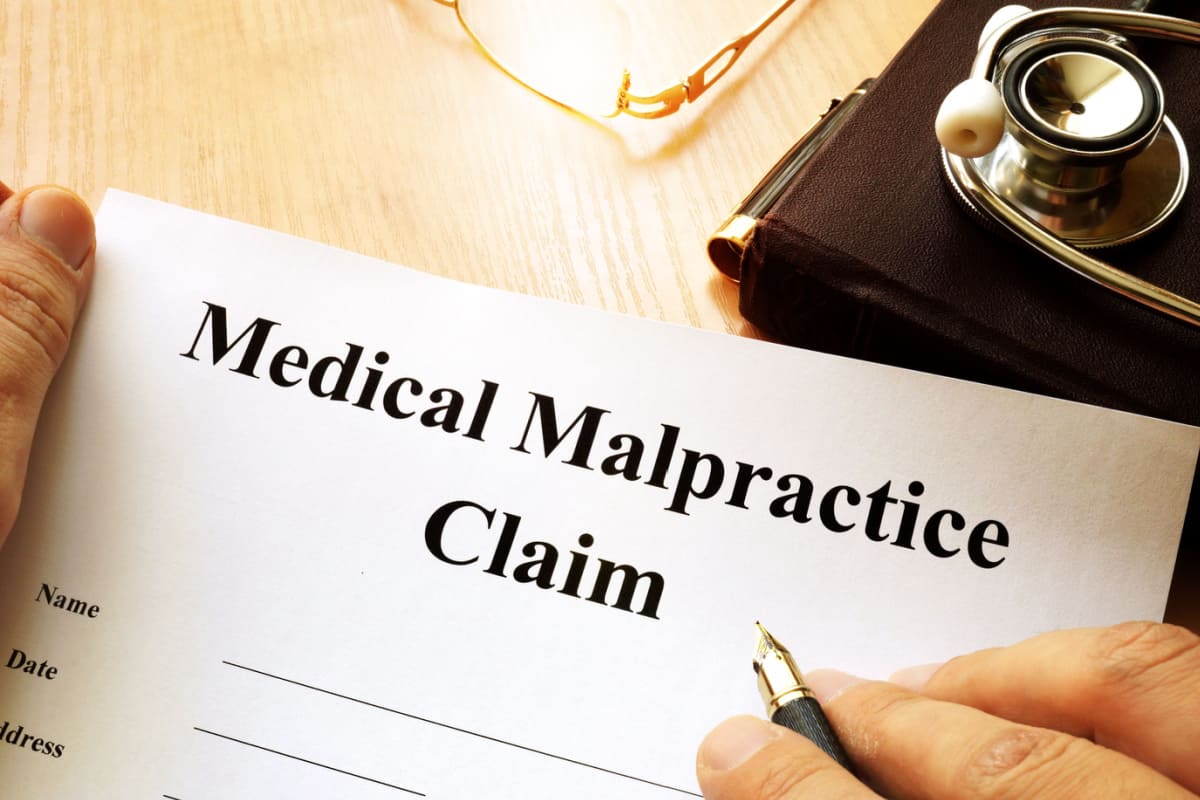A landmark medical malpractice ruling against Yale University has resulted in the award of $6.5 million for the wrongful death of a stillborn baby. The mother had been admitted to the hospital for abdominal ascites in her unborn child. Initially, labor was induced for a delivery, but plans changed to a cesarean delivery due to lack of progress. However, the cesarean was not performed, and the baby died in the birth canal from lack of oxygen, a torn umbilical cord, and a broken neck. The jury awarded the mother $1.5 million for wrongful death and $5 million for medical malpractice.
In general, wrongful death refers to a situation where someone loses their life due to the negligence or misconduct of another. In medical settings, this could mean a fatal mistake made during surgery, incorrect medication dosage, or even a misdiagnosis leading to improper treatment. It’s not just about pointing fingers at healthcare providers; it’s about accountability and seeking justice for a life lost too soon. Families often grapple with a mix of grief and confusion, unsure of what steps to take. Knowing the legal definitions and criteria for wrongful death in medical malpractice can offer a clearer path forward.
Steps to Take Immediately After a Medical Malpractice Wrongful Death
When a loved one passes away due to medical malpractice, emotions run high and confusion often sets in. Despite the emotional turmoil, certain immediate actions can help in building a strong case later. First, obtaining all medical records related to the deceased is a good starting point. These documents can offer insights into what went wrong and who might be responsible. Second, gathering any available evidence, such as photographs or eyewitness accounts, can be valuable. Third, keeping a detailed journal of events leading up to and following the wrongful death can provide a chronological account which may be useful later. Lastly, reaching out to witnesses who were present during the medical procedure or treatment can offer additional perspectives. While these steps won’t bring back a lost loved one, they can serve as foundational elements for seeking justice and accountability.
Legal Options for Families Affected by Medical Malpractice
When a family faces the tragic loss of a loved one due to medical malpractice, several legal avenues are available for seeking justice. One common option is filing a wrongful death lawsuit against the healthcare provider or institution responsible for the loss. This type of legal action aims to hold the negligent parties accountable and secure financial compensation for the family. Another option could be a medical malpractice suit, which focuses more on the specific medical errors that led to the death. In some instances, families may also consider filing a complaint with the state medical board to initiate an investigation into the healthcare provider’s conduct. Each of these options has its own set of procedures, timelines, and potential outcomes.
Gathering Evidence: What Families Need to Know
Collecting evidence is a vital step for families dealing with a wrongful death due to medical malpractice. Medical records serve as a primary source of information, detailing treatments, medications, and procedures the deceased underwent. These records can help establish a timeline and identify potential errors or negligence. In addition to medical documents, families should consider gathering other forms of evidence such as photographs, video footage, or any correspondence related to the medical treatment. Eyewitness accounts from people present during the medical procedure can also be invaluable. Keeping a journal of events, conversations, and observations can offer a chronological perspective that could prove useful later. While gathering evidence may be emotionally taxing, it is an important part of building a strong case for accountability and justice.
Filing a Lawsuit: Key Deadlines and Procedures
Initiating a lawsuit in the wake of a medical malpractice wrongful death involves several key steps and deadlines. One of the first considerations is the statute of limitations, which sets a time limit for filing a legal claim. Missing this deadline can result in losing the right to pursue legal action altogether. Once the decision to file is made, the next step usually involves drafting and filing a complaint, which formally accuses the healthcare provider or institution of wrongdoing. Subsequent stages may include discovery, where both sides gather evidence, and pre-trial motions to set the legal groundwork for the case. Understanding these procedures and timelines can help families prepare for what lies ahead and make more informed decisions on how to seek justice and accountability.
Settlement vs. Trial: Weighing Pros and Cons in Medical Malpractice Cases
In medical malpractice cases involving wrongful death, families often face a choice between settling out of court or going to trial. Each option has its own set of advantages and drawbacks. A settlement can offer quicker resolution and a guaranteed amount of financial compensation. It also avoids the emotional toll and uncertainty of a lengthy trial. On the other hand, settlements usually require families to give up the right to pursue any further legal action against the healthcare provider or institution. Going to trial can be a longer, more arduous process, but it allows for the possibility of a larger financial award. It also provides an opportunity for families to present their case in a public forum, which can bring a sense of justice and closure.
Common Defenses in Medical Malpractice Wrongful Death Cases: What to Expect
In medical malpractice wrongful death cases, healthcare providers and institutions often employ certain defenses to counter the allegations. One common defense is the medical professional followed the standard of care, implying the outcome was unfortunate but not due to negligence. Another frequently used argument is contributory or comparative negligence, suggesting the deceased or their family contributed to the negative outcome in some way. In some cases, the defense may argue the death was caused by an unforeseeable complication or pre-existing condition, absolving the healthcare provider of blame.
Financial Compensation: Types and How to Calculate Potential Awards

In medical malpractice wrongful death cases, financial compensation can come in various forms. One category is economic damages, which cover quantifiable losses such as medical bills, funeral expenses, and lost wages. Another category is non-economic damages, which aim to compensate for intangible losses like pain and suffering or loss of companionship. Some states also allow for punitive damages, which are designed to punish the negligent party and deter similar behavior in the future. Calculating potential awards involves multiple factors, including the severity of the malpractice, the financial and emotional impact on the family, and comparable cases in the same jurisdiction. While no amount of money can truly compensate for the loss of a loved one, financial awards can help families find some level of closure and financial stability.
Don’t hesitate to reach out for a free consultation or call the firm today at 504-526-2222 and get the help you need.








